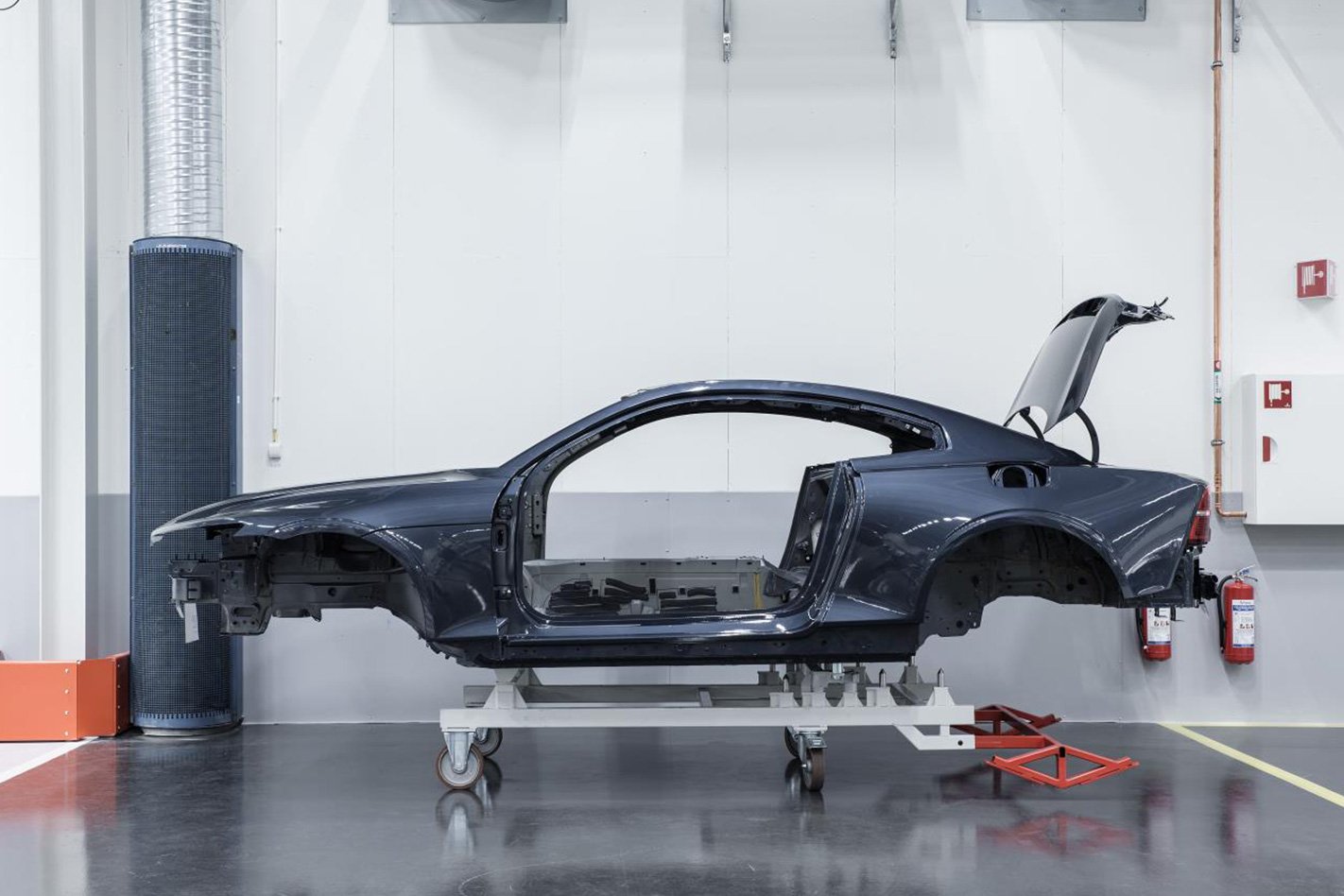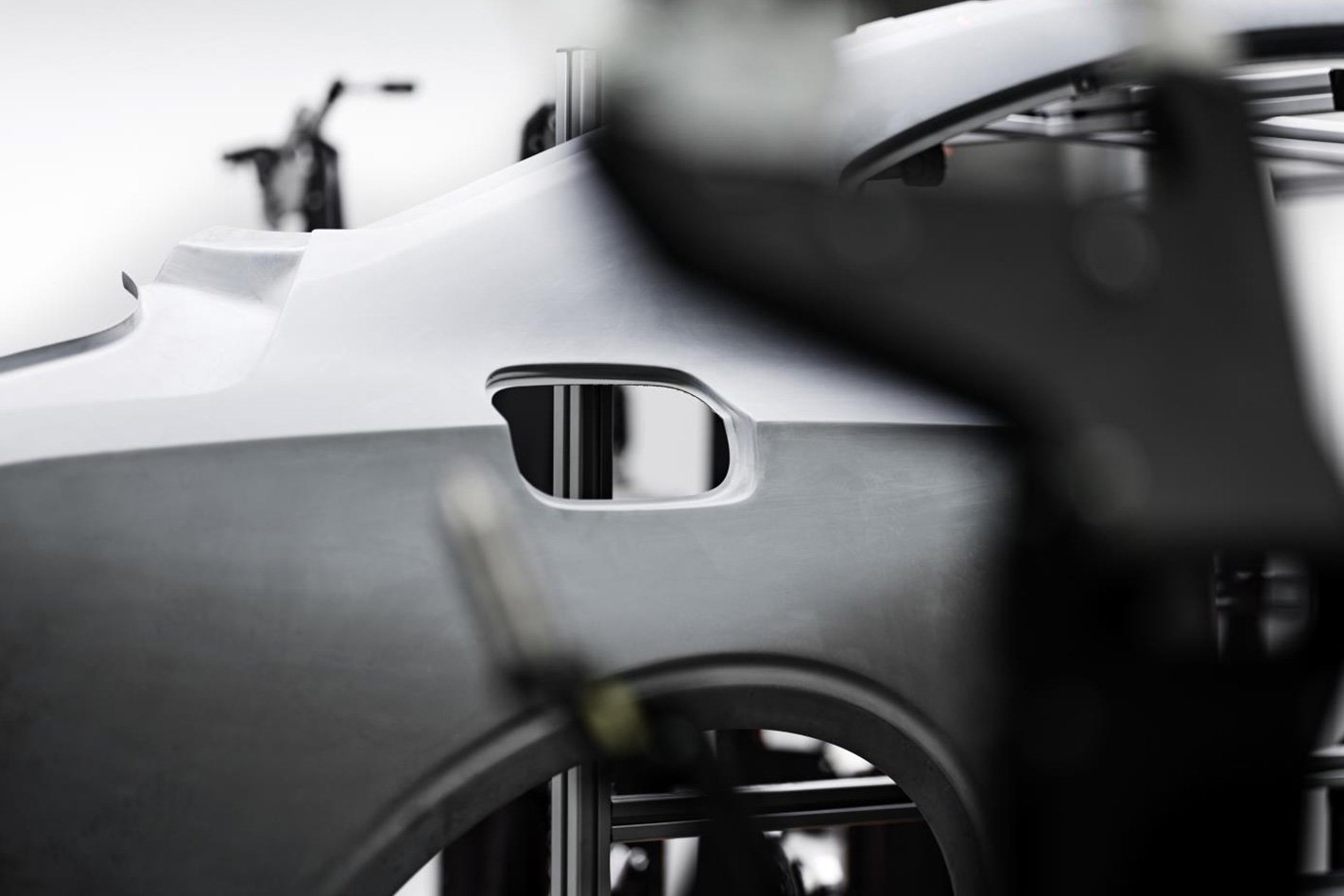
From its origins in aerospace and motor racing industries, carbonfibre is increasingly finding its way into more affordable road cars, enabled by more efficient manufacturing processes and lower production and material costs.
The sophisticated composite of fine fibres captured in a polymer resin results in a highly mouldable material that is, kilo for kilo, much stronger and far lighter than metal. Viewed simplistically, though, carbonfibre can be seen as merely a mix of graphite and plastic… and that might spark a few safety concerns.

Until recently, composite construction was mostly confined to smaller, non-impact dependant components such as spoilers, interior trims and accessories, but how would you feel driving around in a car that was built almost entirely from the stuff?
The good news is that composite vehicle structures are not just light and efficient; they’re safe, too.
Carbonfibre construction – already in regular use in the world of motorsport – is something you can expect to see featuring increasingly in more mainstream and affordable cars. To understand why, let’s start with the basic physics of the difference between a bad crash and one with less serious results.
An impact with something solid means that kinetic energy from the car’s motion has to go somewhere (high school physics tells us energy can’t be created or destroyed, remember?). Some of the energy is lost to heat and sound, but the more energy that is transmitted to the occupants, the worse the outcome.

Car manufacturers, therefore, design vehicles that dissipate and absorb as much of the crash energy as possible, reducing the amount transmitted to the occupants.
One of the most effective ways of doing this is by designing areas of the vehicle that crumple, or as engineers like to say, deform. These crumple zones have traditionally been made from metal, and the energy required to bend and collapse the specially-engineered structures slows the car more gradually and dissipates energy across a bigger area and over a longer time interval.
The occupant safety cell, however, has the opposite job. It is required to provide a largely impenetrable space, protecting passengers from the intrusion of objects.
Steels and alloys are ideal materials for both jobs. Metal can be designed to concertina and absorb large amounts of energy in a crumple area, while high-strength metals are used to produce rigid safety cells. Composite materials, however, can be even more effective, and can also reduce the weight of the structures in question.

Arranging the weave of the fibres into the correct orientation requires extensive computer modelling and high levels of skill during fabrication, but the results can be extraordinary. Carbonfibre structures can be lighter and stronger than steel for safety cells, but, when arranged differently, composites can be an excellent energy absorber, as well.
Instead of bending like metal during a crash, a carbonfibre crumple zone is designed to smash into thousands of tiny pieces. The energy required to break the small fibres out of the thermoset plastic is enormous, and even small structures can absorb massive amounts of the energy in a crash. The energy absorption process is, in fact, similar in principle to how a bulletproof vest works.
These incredible properties have recently been demonstrated by Volvo’s high-performance spin-off brand Polestar. As part of its verification process, the company crashed an example of its Polestar 1 coupe into a stationary barrier at 56km/h, and it says the results were encouraging.
“We were really excited about this crash test. The first crash test of Polestar 1 has been about exploring the unknown,” said CEO Thomas Ingenlath.

“This was a crucial proof point in the development of Polestar 1; we had to know that the ideas and calculations that have gone into building this car were right – and they were.”
Unlike many carbonfibre-constructed vehicles before it, the Polestar 1 will be within the reach of more motorists with a price tag of around $215,000, and it joins the BMW i3 and Alfa Romeo 4C on the growing list of vehicles using space-age materials without the dizzying price.
Unfortunately, Polestar has no plans to sell the model to Australians, but it indicates a growing trend of carbonfibre cars that perform admirably on the road and offer “the highest safety standards” if the worst happens.




